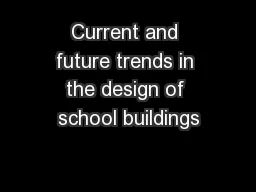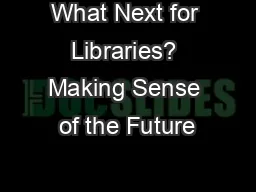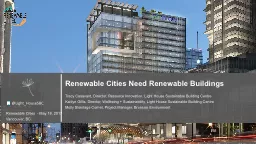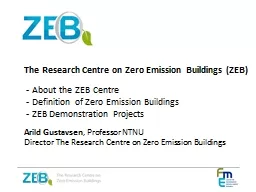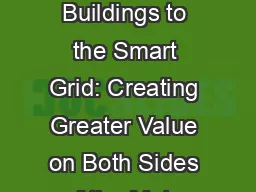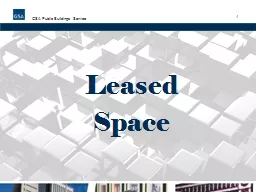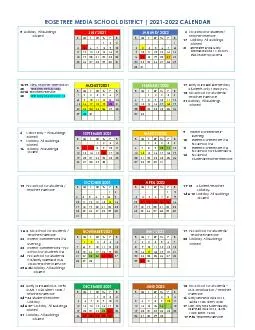PPT-Current and future trends in the design of school buildings
Author : celsa-spraggs | Published Date : 2017-05-07
Anna Kristín Sigurðardóttir University of Iceland akshiis Tartu City in Estonia October 22 2015 Agenda Background Design of the school buildings trends in
Presentation Embed Code
Download Presentation
Download Presentation The PPT/PDF document "Current and future trends in the design ..." is the property of its rightful owner. Permission is granted to download and print the materials on this website for personal, non-commercial use only, and to display it on your personal computer provided you do not modify the materials and that you retain all copyright notices contained in the materials. By downloading content from our website, you accept the terms of this agreement.
Current and future trends in the design of school buildings: Transcript
Download Rules Of Document
"Current and future trends in the design of school buildings"The content belongs to its owner. You may download and print it for personal use, without modification, and keep all copyright notices. By downloading, you agree to these terms.
Related Documents

